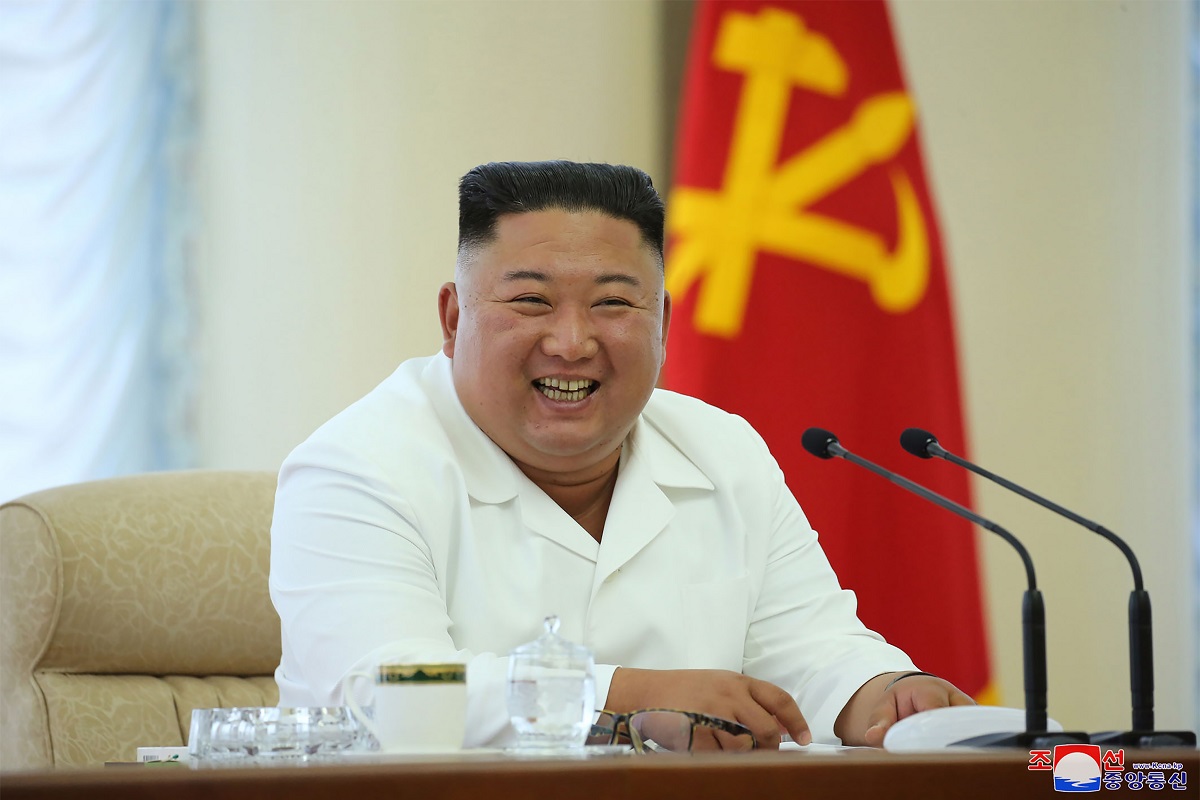The two Koreas are at war, albeit a war of words thus far. On Wednesday morning, however, the confrontation descended beneath the certitudes of civility.
Powered by North Korea blowing up the joint liaison office in the border town of Kaesong, inherent is the pregnant symbolism of the volley and thunder.
Advertisement
Joint liaison, such has been manifest since 1952, has now been reduced to total irrelevance.
Pyongyang has accused the South of behaving like a “mongrel dog” as relations worsen. No less intemperate has been the response of Kim Jong-un’s sister, the extraordinarily powerful member of Kim’s cabal, Kim Yo-jong, saying the President of South Korea has put his neck in the “noose of US flunkyism”.
It would be no exaggeration to suggest that one Korea is today the worst enemy of the other, and close to 70 years after demilitarisation was formalised.
Binned in the process is the core concept of demilitarisation. A commentary carried by the state KCNA news agency said the South’s defence ministry was “bragging and bluffing, rattling the dialogue partner and stoking a confrontational atmosphere”, and warned that Tuesday’s destruction of the office ~ which opened in 2018 to foster better cross-border ties ~ could be a prelude to a “total catastrophe” in North-South relations.
This must rank as the cruel irony of the AsiaPacific narrative. In less than 24 hours, the intensely personal attacks came as Pyongyang vowed to send soldiers into areas near the border with the South, claiming it had been forced to take action by Seoul’s failure to prevent defector groups from flying anti-Kim propaganda leaflets across the DMZ. Kim Yo-jong has warned South Korea to tackle ‘evil’ propaganda balloons.
Going by present indications, the North is intent on precipitating the crisis. The redeployment of troops to the Mount Kumgang resort on the east coast and the Kaesong industrial complex, located just north of the border, would mark another step towards ripping up agreements designed to reduce the potential for conflict along the demilitarised zone [DMZ], which has divided the peninsula since the end of the 1950-53 Korean war.
A spokesman for the general staff of the North Korean People’s Army said troops would be sent to “resume all kinds of regular military exercises” at the two sites. Both projects have been closed for several years, but were once symbols of inter-Korean unity that many hoped would be strengthened as cross-border ties improved.
That hope has now been binned. The militarist posturing has intensified to the north of DMZ, which since Tuesday has been gearing up for a critical confrontation, a development that is bound to resonate in the echo chambers of China’s People’s Liberation Army in Ladakh.
The Panmunjom declaration, signed in September 2018 by Kim Jong-un and President Moon Jae-in, in which they agreed to cease “all hostile acts” in the area, is now in tatters.
